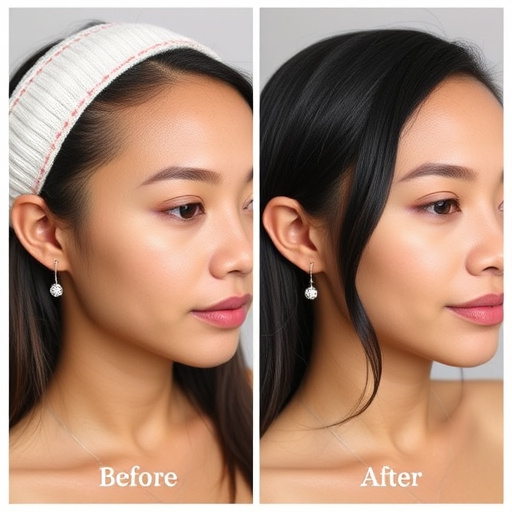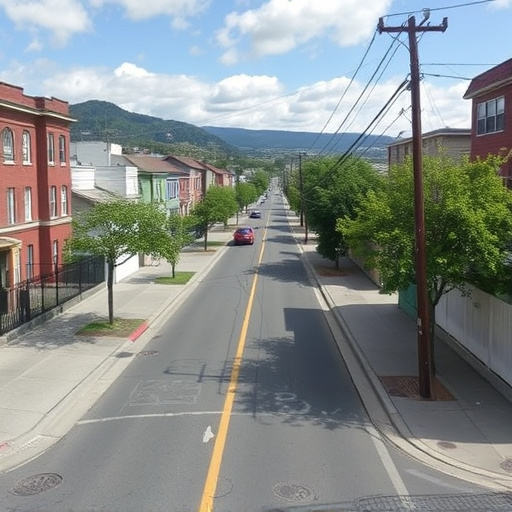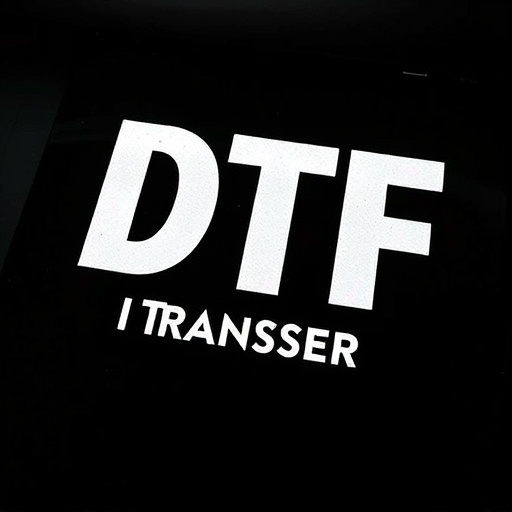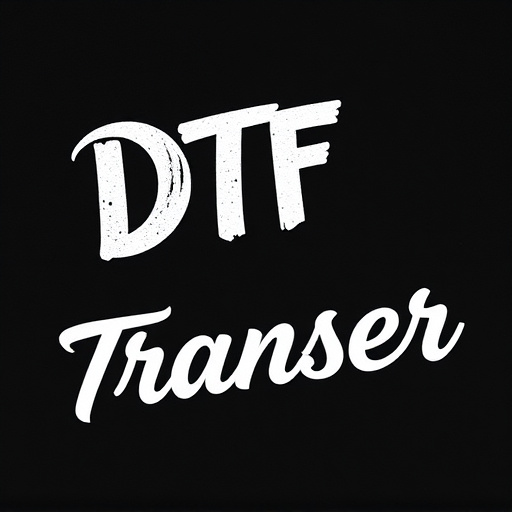The Direct to Fabric (DTF) transfer process revolutionizes garment customization with fast, high-quality printing. The pre-production phase involves precise digital pattern creation and equipment setup for optimal results. Production time estimation considers design complexity, fabric type, and printer capacity, with specialized software optimizing the workflow. Factors like order quantity and color layers impact production duration. Strict Quality Control ensures vibrant, durable DTF prints meeting customer demands promptly, enhancing brand reputation.
In today’s fast-paced world of printing, understanding the production period for transfer orders is paramount for businesses. This article delves into the intricacies of the DTF Transfer and DTF Printing process, exploring each stage from design to final inspection. We’ll break down the pre-production phase, provide a detailed estimate for DTF Prints production time, discuss factors influencing duration, offer strategies for efficient workflows, and highlight quality control measures. By understanding these key aspects, you can optimize your turnaround times with DTF Transfer technology.
- Understanding DTF Transfer and Printing Process
- Pre-Production Phase: Design and Setup
- Production Time Estimate for DTF Prints
- Factors Affecting Production Duration
- Efficient Workflow to Optimize Turnaround Time
- Quality Control and Final Inspection Procedures
Understanding DTF Transfer and Printing Process
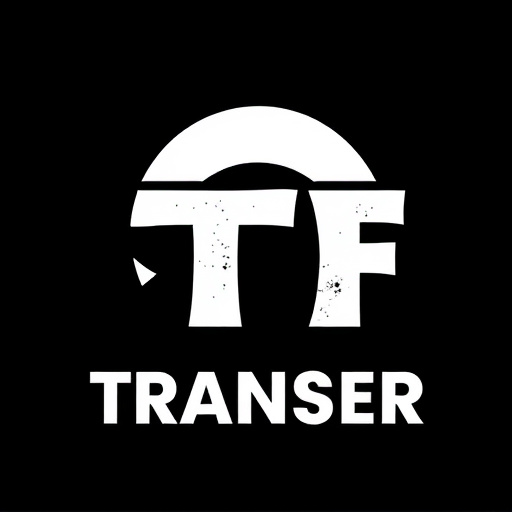
The DTF (Direct to Fabric) transfer and printing process is a cutting-edge technique that revolutionizes the way garments are designed and customized. It involves a precise method where images, logos, or text are transferred directly onto fabric using specialized ink and heat presses. This innovative approach offers unparalleled versatility for creating unique, high-quality prints on a wide range of fabrics, from cotton tees to synthetic jackets.
DTF printing streamlines production by eliminating the need for traditional screen printing setups. Designers can quickly produce intricate, detailed designs with vibrant colors and crisp lines. Once the design is finalized, it’s digitally printed onto transfer paper, which then serves as a carrier for the image. This transfer paper, treated with heat-activated adhesive, is pressed onto the fabric, securely bonding the print. The process ensures fast turnaround times while maintaining exceptional print quality, making DTF transfers a preferred choice for businesses seeking efficient and effective customization solutions.
Pre-Production Phase: Design and Setup

The pre-production phase is a critical step in the DTF (Direct to Fabric) transfer process, where the foundation for successful printing is laid. This stage involves meticulous design and setup operations that directly impact the efficiency and quality of the final product. Designers and technicians collaborate to create digital patterns, ensuring they align perfectly with the fabric’s structure. This precision is paramount, especially when dealing with intricate DTF prints. The pre-production phase also includes preparing the printing equipment, calibrating machines, and setting up the production line. Every detail is considered to minimize errors and maximize output.
During this period, prototypes are created, allowing for extensive testing of different settings and techniques. This trial-and-error approach enables print experts to optimize the DTF transfer process, resulting in vibrant and long-lasting DTF prints on various fabric types. It’s a crucial step that ensures the entire production line runs smoothly once the orders begin to come in.
Production Time Estimate for DTF Prints
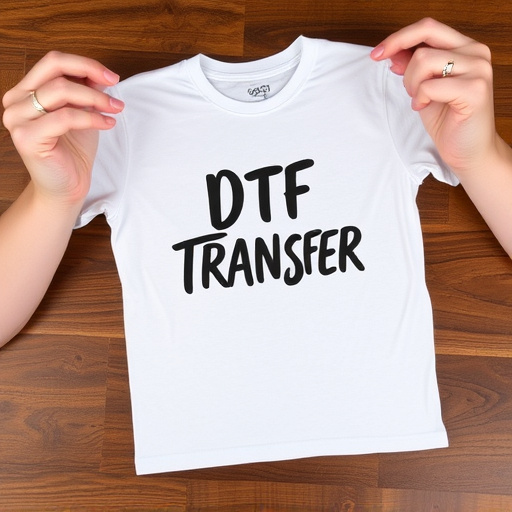
Estimating production time for DTF (Direct to Fabric) prints is an essential aspect of order fulfillment. The process involves several critical steps, each contributing to the overall duration. Initially, the design preparation phase requires significant time as graphic artists create or adapt designs for DTF transfer. This step involves intricate work to ensure the artwork is optimized for printing and aligns with fabric requirements.
Once the designs are ready, the printing stage begins. DTF printing technology offers a fast and efficient method, but the actual print time can vary based on factors like design complexity, fabric type, and printer capacity. On average, a single-color DTF transfer typically takes around 15-30 minutes per square meter of fabric. For multi-colored designs, the process can extend, with each additional color layer adding approximately 5-10 minutes to the printing cycle.
Factors Affecting Production Duration
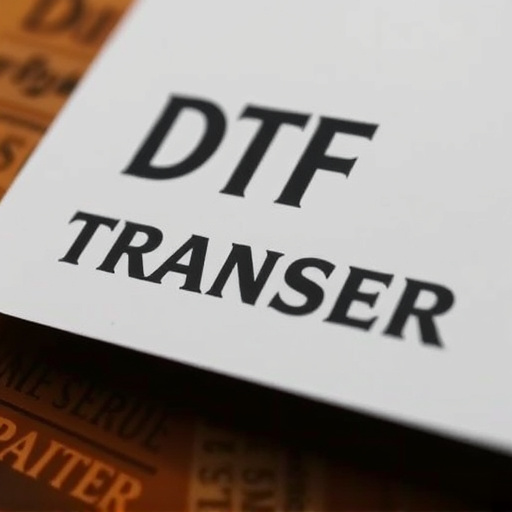
Several factors significantly influence the production period for completing transfer orders, particularly in the context of DTF (Direct to Fabric) printing. One key determinant is the complexity of the design. Intricate patterns and detailed graphics with many colors often require more time for setting up the printing process and can lead to longer production times compared to simple, solid-color designs.
Another crucial factor is the size of the order quantity. Larger batches typically involve more preparation and setup steps, such as preparing fabric rolls and ensuring consistent tension. Additionally, post-printing treatments like heat pressing or curing also contribute to the overall production duration, especially when dealing with DTF prints, which demand precise application of heat to fix the design on the fabric effectively.
Efficient Workflow to Optimize Turnaround Time
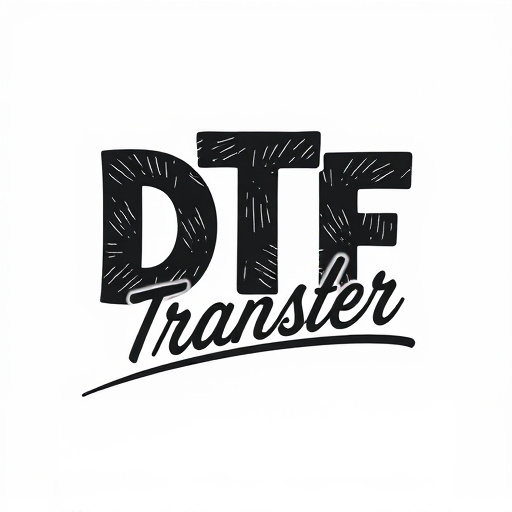
In today’s fast-paced manufacturing landscape, optimizing the production period for transfer orders is paramount to success. Implementing an efficient workflow is key to reducing turnaround times and enhancing overall productivity. By streamlining processes, companies can ensure that DTF (Direct to Fabric) transfers and printing operations run smoothly and effectively. This involves minimizing non-value-added steps, automating repetitive tasks where possible, and leveraging advanced technology for precise cutting and printing of DTF prints.
A well-oiled workflow means faster order fulfillment, allowing businesses to meet customer demands promptly. For instance, using specialized equipment designed specifically for DTF transfer can significantly speed up the production line. Additionally, integrating digital design software enables designers to create and refine patterns efficiently, ensuring a seamless transition from design to print. This streamlined approach not only reduces wait times but also enhances the overall quality of DTF prints, making them more vibrant and durable.
Quality Control and Final Inspection Procedures

After the production process is complete, a crucial step in ensuring customer satisfaction involves rigorous Quality Control (QC) and Final Inspection procedures. This phase is essential to guarantee that each DTF Transfer and DTF Print meets the highest standards of quality. Skilled technicians meticulously examine every detail, from color accuracy and image sharpness to ensure precise reproduction, to checking for any defects or irregularities on the fabric.
The QC process involves a multi-step verification, including visual inspection under high-resolution cameras, functional testing to confirm the longevity and performance of the DTF transfers, and environmental condition checks to ensure the final products can withstand various settings. This meticulous approach ensures that only flawless DTF Transfers and Prints leave the facility, guaranteeing customer satisfaction and the reputation of the brand.





